China
This year was very exciting. We made our first return to China and Taiwan. COVID had delayed our annual trips to the “Hometown” of tea. There was so much to cover. Fast and Furious!
We landed in Shanghai late on the night of April 19th. It was a Saturday night, and I thought it would be quiet and easy to check-in. Little did I realize that it was the weekend of the Chinese Grand Prix, and the hotel was full of Formula 1 race fans. In the good old days, there was never any Formula 1 racing in China. But then again, there were no high-speed trains in those old days, and it took forever to get around.
The following day, I was up after a few hours of sleep and walked down the famous Bund. There are many, many buildings from the 1920s and 1930s that were built by Western banks and insurance companies. I enjoy looking them over and contemplating what it was like to be a Westerner in Shanghai in those days.
Later that morning, I joined Patrick Choi and Elvira Cardenas at our Chinese importer’s showroom in Shanghai. Lin Hai has done a good job marketing our teas to Chinese people. It seems our teas appeal primarily to young Chinese women. Also, we met our Bi Lo Chun tea supplier from Dongting Lake: Water. Yes, his English name is Water. Since he lives right next to the lake, where he makes the early spring crop of Bi Lo Chun, it makes sense.

That night, we took the train to Hangzhou. We stayed next to the famous Xi Hu (Xi Lake), which was very nice. Our enthusiasm was tempered by a big downpour.
After tasting many teas in the offices of our dear friend Lu, we went to the hills outside of the city. It is where the best and most expensive Lung Chings are made. We had not seen Mr. Zhao for four years, but he was doing fine. After his wife cooked us a great chicken meal, we tasted his best production. We love (and hope you do too) the tiny green leaves and buds that pressed down on a hot wok. That hot temperature causes a reaction with the leaves that makes a nutty flavor. It is mouth-filling and delicious.

Another day, another pilgrimage. This time up to northern Zhejiang Province, up to the tea covered hills of Anji. Another very famous green tea, Anji Bai Cha, is made there. Over the last 25 years, it has developed an excellent reputation for a mouth-filling body and its asparagus and citrus flavors. We stayed at some eco-tourism hotels in the tea fields. It was a relaxing place, but we seemed to be the only guests.

Quick like bunnies, it was off to central Zhejiang. This is where all our green tea that is used in our popular flavored teas comes from. Big machines, lots of steam, and yes, noise, it is not an artisanal tea. Yet, we apply our knowledge of special teas here. We get a unique blend that is much more neutral in flavor than other purchasers. This allows our natural flavors, like cherry or orange, to come through as clearly as a bell.
After a few more stops in Zhejiang tasting great green teas, and then it was off to Fujian Province.
We met up with our friend Amy at the train station. Amy has found us some great teas from Fujian. It is from her that we get our Golden Monkeys. These delicious black teas are really golden in color and are always a favorite. She gets them from several different towns, each a bit different from the others. So we bundled them and called it Flight of the Golden Monkeys (in homage to the Wizard of Oz). Amy has excellent connections with all these artisanal producers. However, we have never met her. Elvira bonded with Amy, so we should see even more great Fujian teas.

The next day, we met up with a supplier, Zhou (pronounced Joe), and his son (Joe 2). Joe 2 was educated at the University of Missouri. It was nice to engage with a young Chinese person with a great command of English. Better yet, he operated a drone over the tea fields. Those two took us to look at white tea in both Fuan and Fuding. White tea is grown very near the coast. Sometimes, you can see an ocean cove from up high in the tea fields. We tasted various types of white tea. This is the baby of the tea plant and thus is spoiled by the plant. Extra sugars make for a slightly sweet tea. Extra protein gives it a good body, so it is always lovely to drink. It is called white tea because the chlorophyll in the leaves is not mature. When it is dried, the green color becomes white. Enough plant science.
We all loved the King of Bai Mudan. That is not unusual. It is the best white tea. Sweet and full of body.
Another fun time was picking the base tea to be used for Dragon Pearl Jasmine. We saw the big white buds being rolled between 2 fingers. In a few months, the dry tea is shipped off to southern China to be scented with jasmine flowers at their peak, full of luscious floral perfumes. Dragon Pearl is our largest single purchase. So, we check it and check it again. We have to be sure that you will be absolutely delighted!
A quick ride and we were in Wuyishan. This has become a tourist destination, and it was the peak of tourism in China, so Wuyishan was packed. That evening, we went to a very famous tea master, Mr. Liu. He is a darling of the Chinese tea world. We did not appreciate his teas, however. We found them overly roasted for our palates (and most other Americans).

In the morning, it was off to see a more reliable source. We have watched Mr. Cao grow from a young man to something older. His teas never fail to match our desires. We sat around his large tasting table, made from a large tree trunk, and drank great oolongs. As might be imagined, we tended towards those teas that were not too roasted. It was here that we sourced our Da Hong Pao and 1,000 Miles Aroma.
There was no moss growing on us, for we were off to Changsha in Hunan. We had a date with Steve He. He supplies us with the main black tea we use for Paris, Earl Grey, and many other flavored black teas. We have to make sure we get teas that will make you smile. Spring crop teas always have more body and sweetness, so we push to get them.
Later on, we took a wonderful trip to Tiger Mountain. Now, this is a really remote tea area. And for a reason. There is a group of people there that are not Chinese, so over the centuries, to avoid persecution, they went to remote valleys. These are the Dao people, and they have their way of dressing and their own culture. The Chinese people (Han) view them as distinct and charming, and so do we. They make some fabulous teas, and we bought a few. Later that night, they threw a little party to welcome us. There were fun drinking games (at least for me) and then dancing, singing, and fire displays. A good, (make that great) time was had by all. Sadly, we had to drive up a curving road to the hotel and back to reality in Changsha.

At the airport, we met another special tea woman: VeeVee has been able to find us some extra special teas, and it was a pleasure to meet her. The Dark Tibet tea is an example. She does a large amount of the legwork exploring to find new special teas, and I am grateful that we have connected with her.


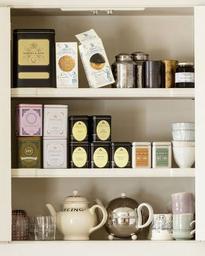
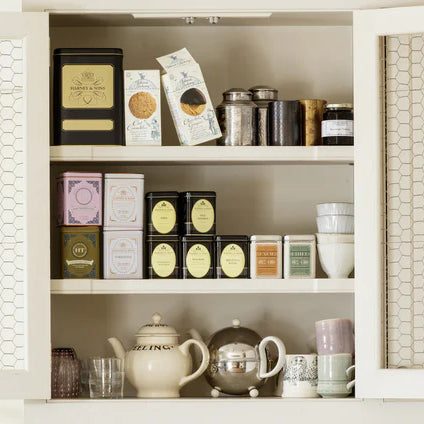
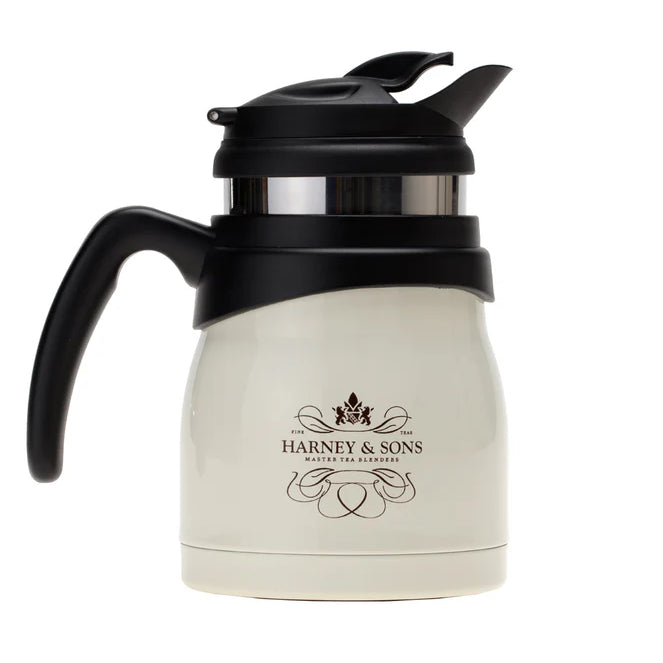
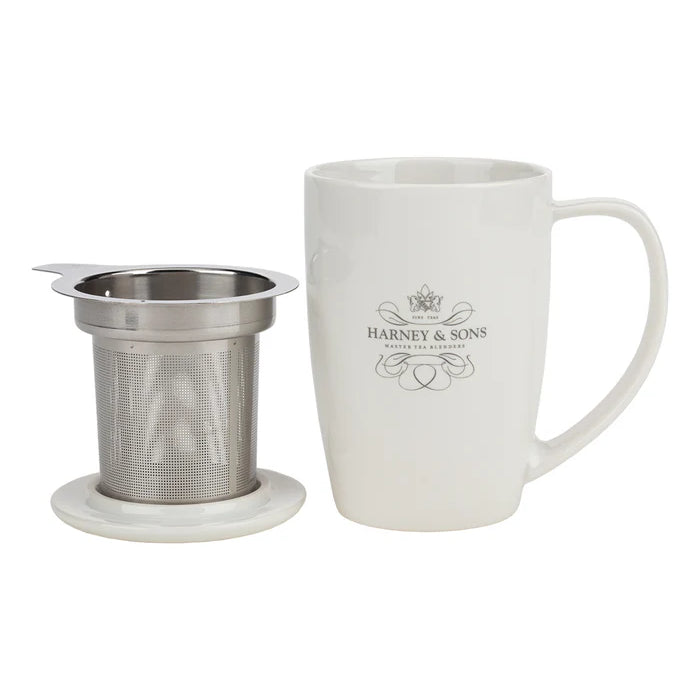
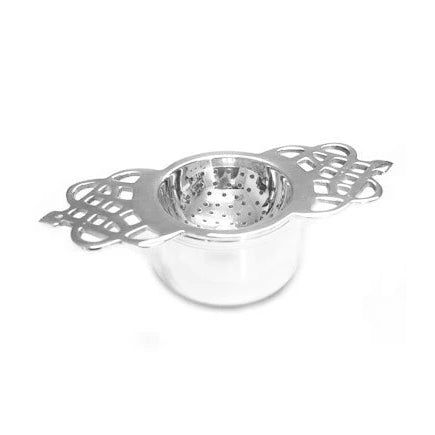
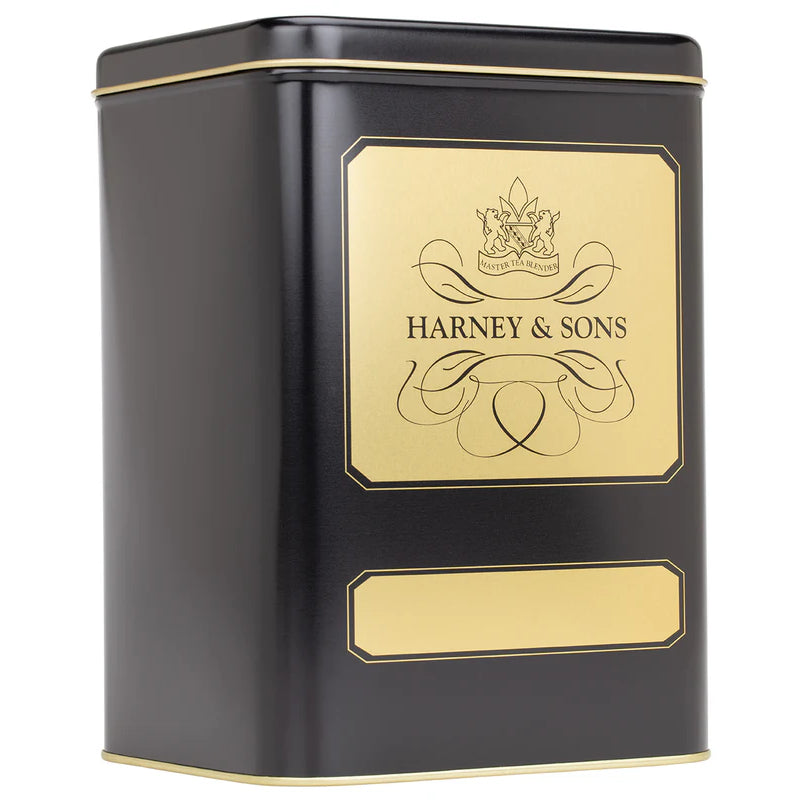
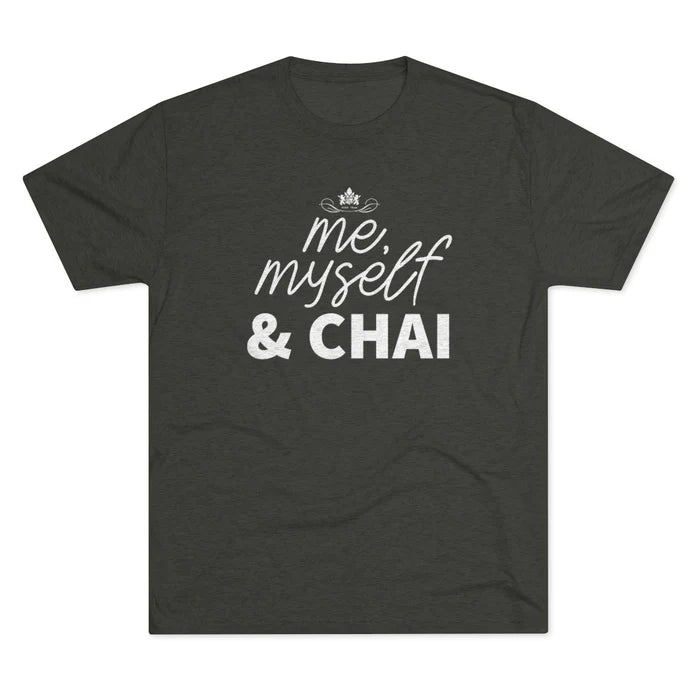

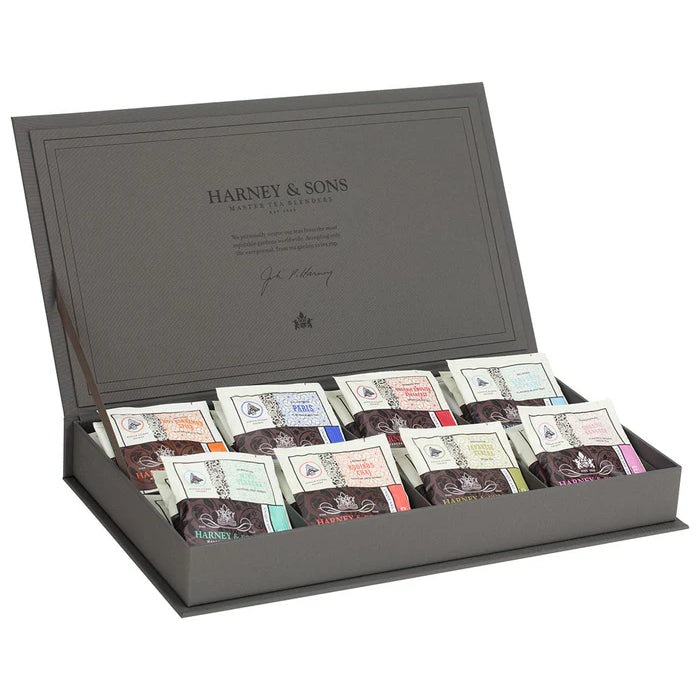
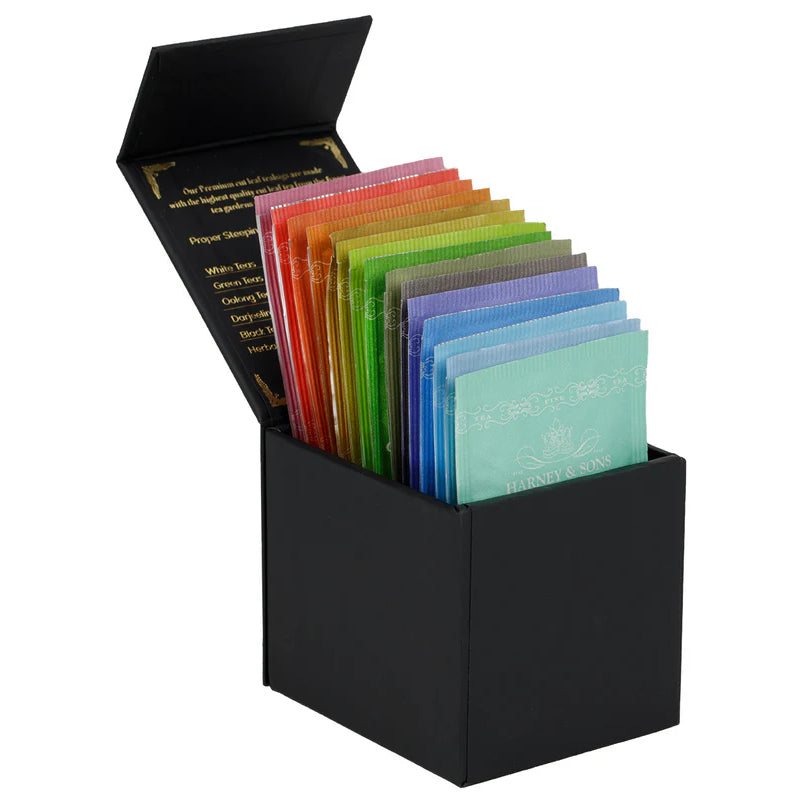

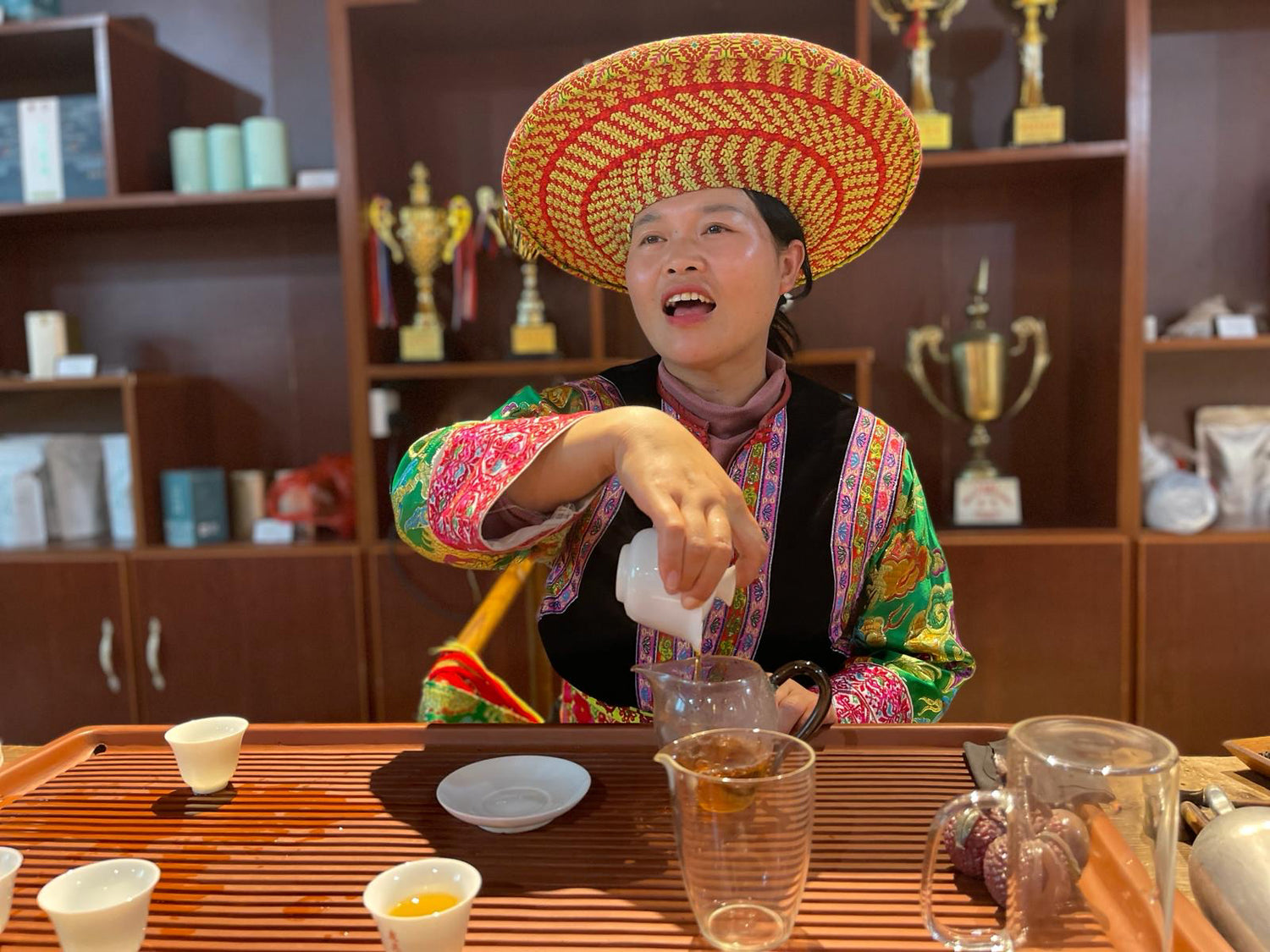
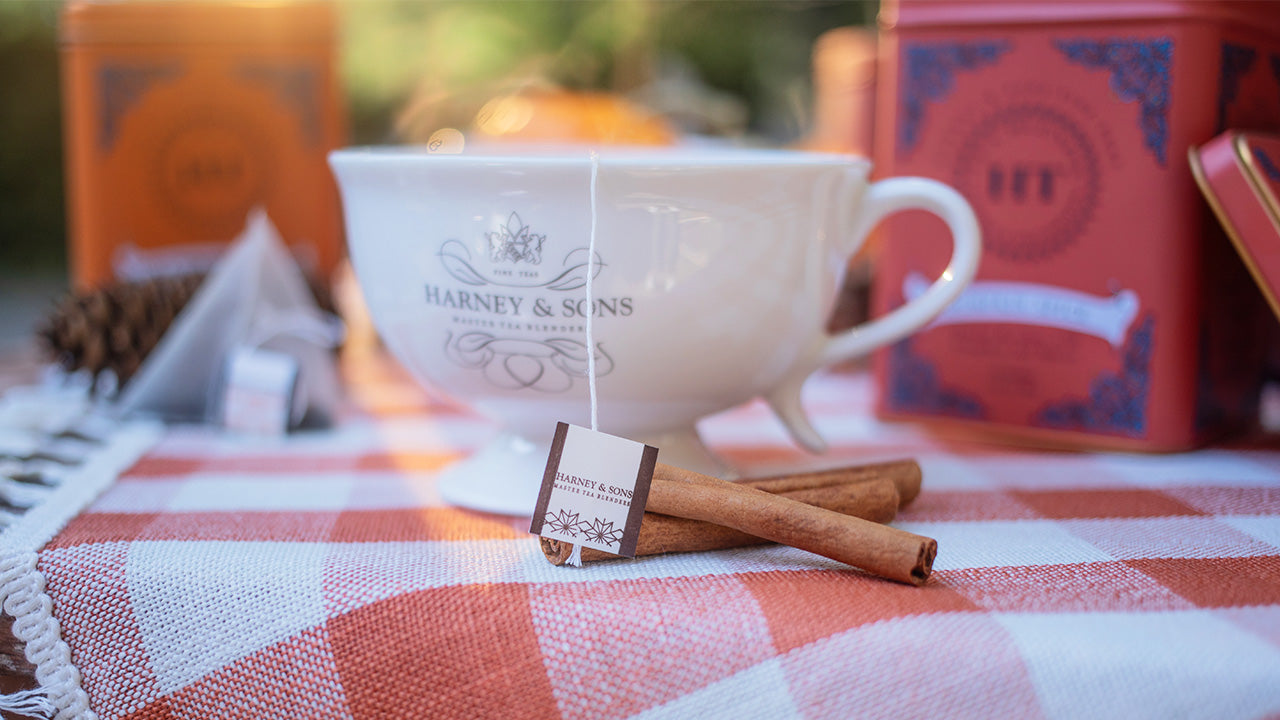
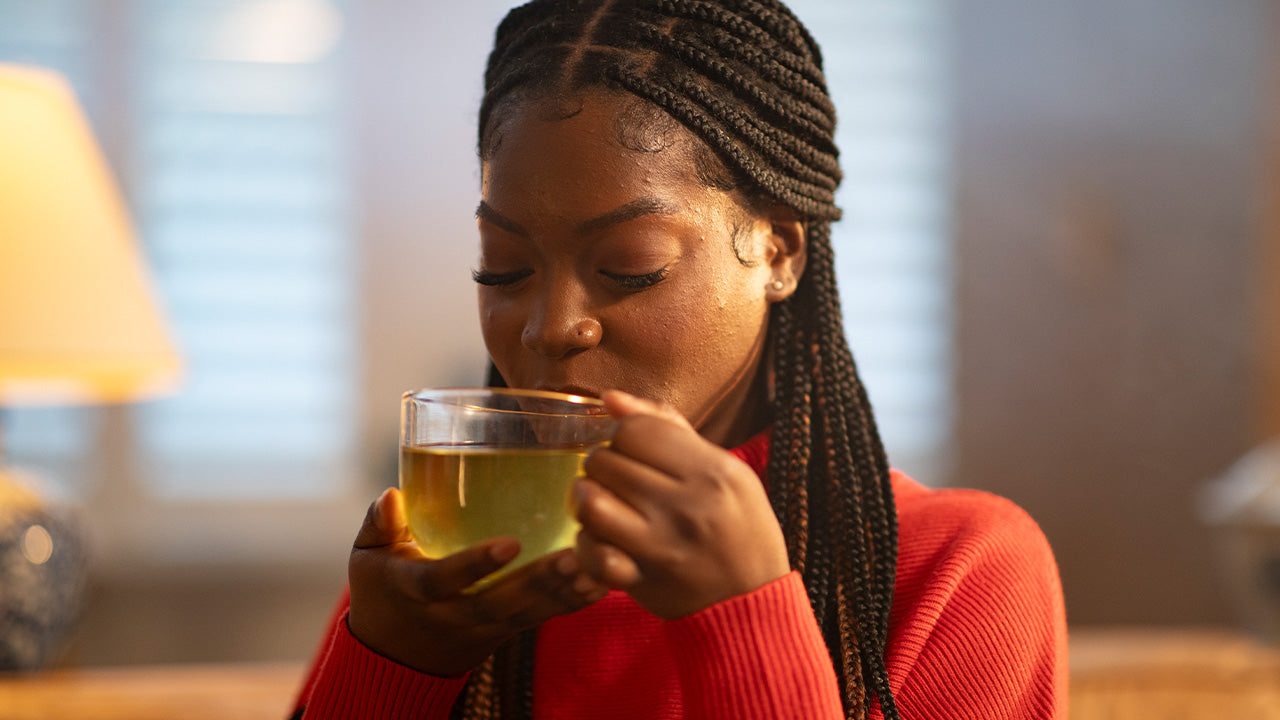
3 comments
Lawrence Duty
I lived for two years in Wuyishan working and met many tea house owners and also tea producers. This brings back a lot of great memories for me!
I lived for two years in Wuyishan working and met many tea house owners and also tea producers. This brings back a lot of great memories for me!
Beth Knowles
What a wonderful story about your trip to China! You have such an interesting job, if one could call it that. Not like any job I’ve ever had -ha!
With thanks -
Beth (in boring Illinois)
What a wonderful story about your trip to China! You have such an interesting job, if one could call it that. Not like any job I’ve ever had -ha!
With thanks -
Beth (in boring Illinois)
cathy ohler
are you going to sell, or currently do sell, many of the teas you listed in your trip? thanks. cathy
are you going to sell, or currently do sell, many of the teas you listed in your trip? thanks. cathy